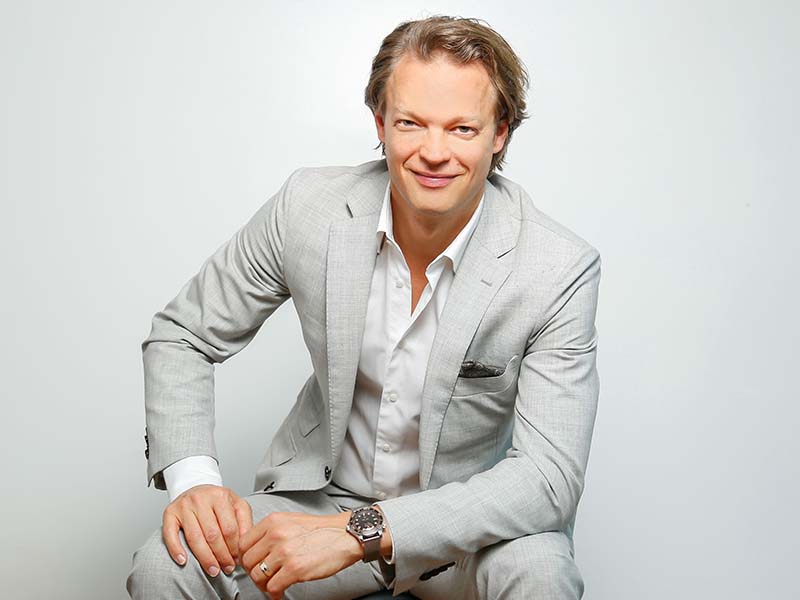- About Dr. Stasch
- Procedures
- IV NUTRITIONAL THERAPY
- IV Nutritional Drips (IVNT)
- Magic Booster Shots
- Cosmetic Surgery Woman
- Cosmetic Surgery Man
- Dermatology
- Plastic Surgery
- HAND SURGERY
- Carpal Tunnel Syndrome
- Thumb arthritis
- Trigger Finger Release
- Dupuytren´s Contracture
- Finger tumor or lump
- Ganglion or Muscous Cyst
- Syndactyly
- Injury Hand and Finger Reconstruction
- First Aid for Fingertip Injuries
- Tendon and Nerve Repair and Reconstruction
- Surgical Dreinage or Debridement Hand Infections
- References
- Clinics

 For upper eyelid surgery, generally an incision is hidden within the natural fold of the upper eyelid and extends slightly beyond the outside corner into the laugh lines or other existing creases. Through this incision, excess skin, a strip of muscle and fatty tissue are removed. Because the incision follows the natural contour of the upper eyelid, it usually is inconspicuous.
For upper eyelid surgery, generally an incision is hidden within the natural fold of the upper eyelid and extends slightly beyond the outside corner into the laugh lines or other existing creases. Through this incision, excess skin, a strip of muscle and fatty tissue are removed. Because the incision follows the natural contour of the upper eyelid, it usually is inconspicuous. For lower eyelid surgery the incision is hidden just below the lower lashes.
For lower eyelid surgery the incision is hidden just below the lower lashes.